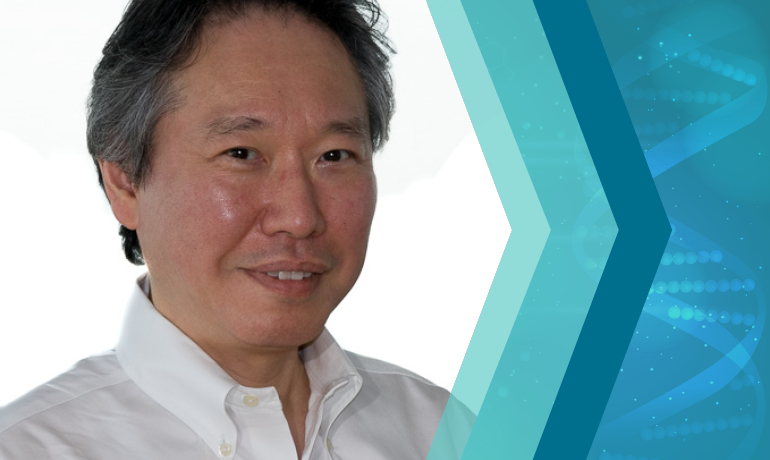
A new controlled release implant system that delivers a chemotherapy drug directly to the tumor site of patients suffering from neuroblastoma has been developed by Bill Chiu, MD, a former faculty member in the University of Illinois College of Medicine, with University of Illinois Cancer Center member Nao Ikegaki playing a significant role in its advancement.
Neuroblastoma is a cancer that develops from immature peripheral nerve cells found in several areas of the body. It most commonly arises in the adrenal glands, which sit atop the kidneys. However, neuroblastoma can also develop in other areas of the abdomen and in the chest, neck and near the spine, where groups of nerve cells exist.
Each year, about 800 children are diagnosed with neuroblastoma in the United States, according to the American Cancer Society. It accounts for 6 percent of all childhood cancers in this country. Almost 90 percent of neuroblastoma is found in children younger than five. It is the third most common type of cancer in children in general and the most common cancer in children younger than one to two years old. It is rare in people older than 10, the ACS said.

Current treatment for the disease requires surgical resection and multi-drug chemotherapy, said Ikegaki, PhD, associate professor of anatomy and cell biology in the University of Illinois College of Medicine and a co-author on the study that has been published in the Journal of Pharmaceutical Sciences. Localized delivery of chemotherapeutics is a promising treatment method for solid tumors that require surgical removal, he said.
The study team inserted the chemotherapy drug cisplatin into a capsule made from silk fibroin, a biodegradable, non-immunogenic biopolymer, and surgically implanted it into animal models. Utilizing a reservoir system, different doses of the drug were inserted into the animals, and the scientists used infrared spectroscopy to evaluate the efficacy of the drug; the reservoirs were able to release the drug for up to 30 days.
“Cisplatin from the silk reservoirs show significant cytotoxicity up to 21 days,” said Ikegaki, who has been studying the biology of neuroblastoma for more than 25 years. “Intra-tumoral implantation of silk reservoirs into an orthotopic neuroblastoma mouse model decreased tumor growth significantly when compared to controls. These results suggest that silk reservoirs are promising carriers for cisplatin delivery directly to the tumor site.”
Along with Ikegaki, co-authors of the study include Burcin Yavuz, PhD, J. Matthew Harrington, PhD, and David Kaplan, all of Tufts University, Medford, Mass.; Jamil Zaki, PhD and Jordan Taylor, MD, both of Stanford University, Stanford, Calif.; and Jeannine Coburn, PhD, Tufts University and Worcester Polytechnic Institute, Worcester, Mass. Chiu now serves as associate professor of pediatric surgery at Stanford University Medical Center.
